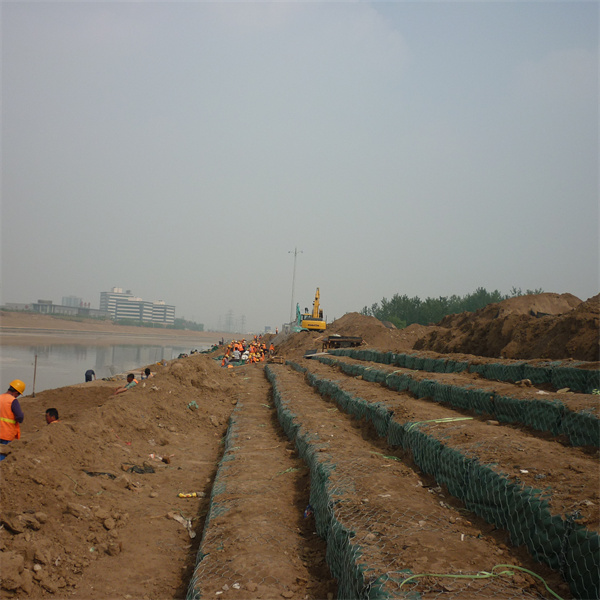ਨਵੰ. . 02, 2024 09:44 Back to list
gabion production line
Gabion Production Line Innovations and Processes
Gabions, often referred to as wire mesh cages filled with rocks or soil, have become a popular solution in various civil engineering applications. Their versatility and durability make them ideal for erosion control, road stability, and landscape architecture. A well-structured gabion production line plays a critical role in ensuring that these products are manufactured efficiently and to the highest quality standards.
The production of gabions begins with the procurement of raw materials, primarily high-quality steel wire. The wire is typically galvanized or coated with a protective material to enhance its resistance to corrosion, thereby prolonging the lifespan of the finished products. The steel wire is sourced from reliable manufacturers to meet the stringent requirements for tensile strength and durability of the gabions.
Once the raw materials are gathered, the first step in the production line involves the process of wire drawing. This step reduces the diameter of the steel wire while increasing its length. By using advanced wire drawing machines, manufacturers can produce a consistent and uniform wire, which is critical for the structural integrity of the gabions.
Following wire drawing, the next phase involves the weaving of the wire into mesh panels. This can be achieved through several techniques, including hexagonal, square, or rectangular weaving, depending on the design specifications of the gabions. Automatic weaving machines enhance productivity, allowing for high-volume production while maintaining precision. The resulting mesh panels are robust and ready for assembly.
gabion production line

The assembly process is crucial in producing quality gabions. The mesh panels are cut to size and expertly shaped into cages, typically in rectangular or cubic forms. The assembly might involve sewing or tying the corner and edge wires to secure the mesh together. Automation plays a significant role here, as robotic systems can significantly enhance efficiency and reduce labor costs. The automated assembly process ensures that the dimensions and shapes are consistent, thereby minimizing variations in the final products.
After the cages are assembled, they undergo rigorous quality inspections. Quality control is vital in a gabion production line to ensure that every unit meets industry standards and customer expectations. Inspectors check for issues such as wire integrity, mesh tightness, and overall structural soundness, ensuring that only the best products leave the production facility.
Once quality control is passed, the gabions are prepared for shipment. They can be either flat-packed for easier transportation or pre-filled with stones or other materials, depending on customer specifications and project requirements. Efficient logistics management ensures that these products are delivered promptly to construction sites, ready for immediate installation.
In conclusion, the gabion production line integrates various advanced manufacturing processes that ensure the effective production of high-quality gabions. From wire drawing to weaving and assembly, each step is carefully orchestrated to optimize efficiency and maintain standards. As demand for sustainable and durable construction solutions continues to grow, the importance of a well-organized gabion production line will undoubtedly play an essential role in meeting those needs. The evolution of technology within this industry promises an exciting future for gabion applications globally.
-
Visualizing Gabion 3D Integration in Urban Landscapes with Rendering
NewsJul.23,2025
-
The Design and Sustainability of Gabion Wire Mesh Panels
NewsJul.23,2025
-
The Acoustic Performance of Gabion Sound Barriers in Urban Environments
NewsJul.23,2025
-
Mastering the Installation of Galvanized Gabion Structures
NewsJul.23,2025
-
Gabion Boxes: Pioneering Sustainable Infrastructure Across the Globe
NewsJul.23,2025
-
Custom PVC Coated Gabion Boxes for Aesthetic Excellence
NewsJul.23,2025
-
Installation Tips for Gabion Wire Baskets in Erosion Control Projects
NewsJul.21,2025






